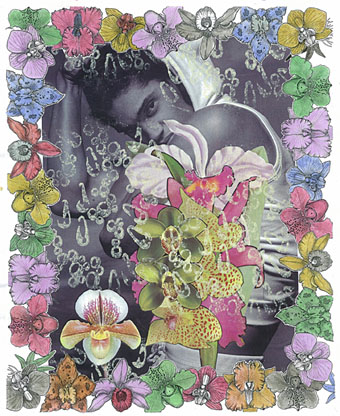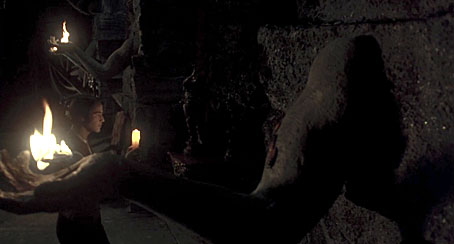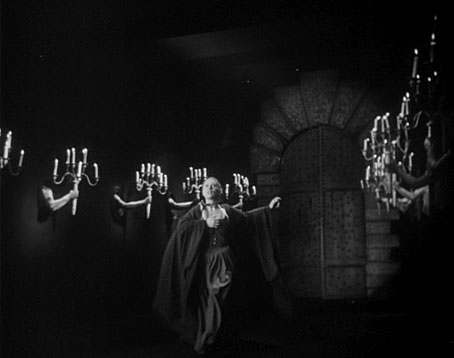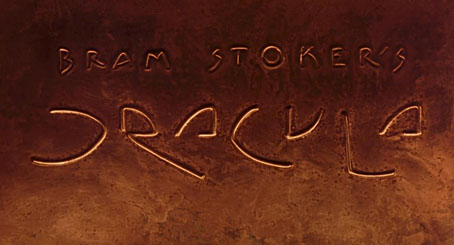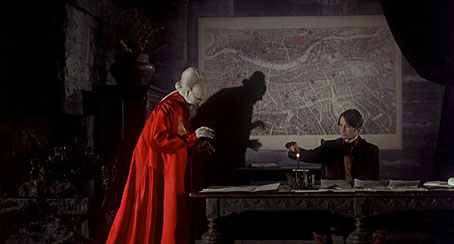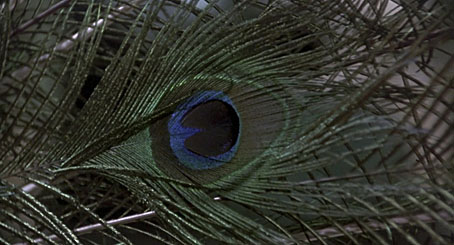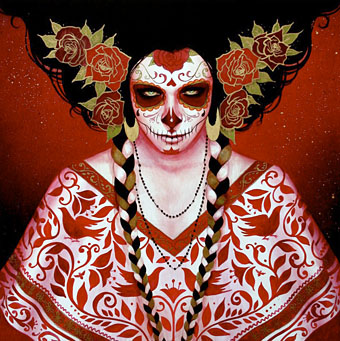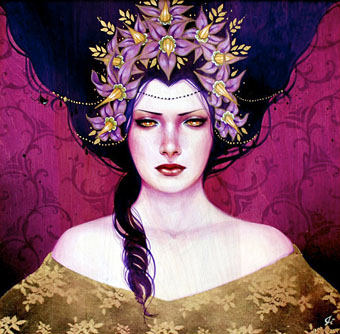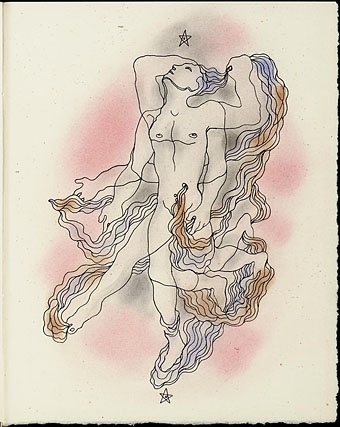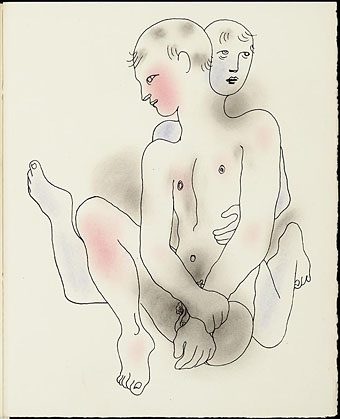Jean Genet… ‘The Courtesy of Objects’ is an exhibition by Anglo-French artist Marc Camille Chaimowicz currently running at The Gallery at Norwich University College of the Arts. Chaimowicz presented a show entitled Jean Cocteau in Norwich last year; this new exhibition will include “works on paper, theatrical props, furniture, slide projections, documentation and an imaginary casting session for Genet’s 1947 play The Maids and videos charting Chaimowicz’s pilgrimages to the author’s childhood home in Burgundy, France, and to his grave on the Moroccan coast.” (More.) About Genet, Chaimowicz has this to say:
Jean Genet, in his fashion, loved Jacky Maglia. Jacky was the stepson of Genet’s lover Lucien Senemand. Genet was generally attracted to heterosexual men, often delinquents or petty criminals… and Jacky stole cars… Genet actively encouraged Jacky to take up motor racing and later managed his fledging career. In Norfolk he bought Maglia a Lotus Elan… They grew very close, travelling widely together and illicitly entering the US to cover the 1968 Chicago Democratic Convention for Esquire. Fame and critical success were suddenly and violently echoed by financial gain… Genet was at one point Gallimard’s highest-earning author… This having the converse effect in that the more rich and famous he became, the less he was able to write. For so long the outsider and now the literary celebrity, it was as though he felt alienated from his own unique and cherished sense of alienation.
The exhibition is free and runs until May 21st when it will move to Nottingham and then New York. See here for opening times and other details.
Previously on { feuilleton }
• Querelle again
• Saint Genet
• Emil Cadoo
• Exterface
• Penguin Labyrinths and the Thief’s Journal
• Un Chant D’Amour by Jean Genet

